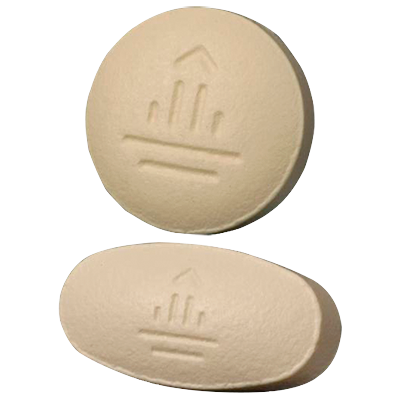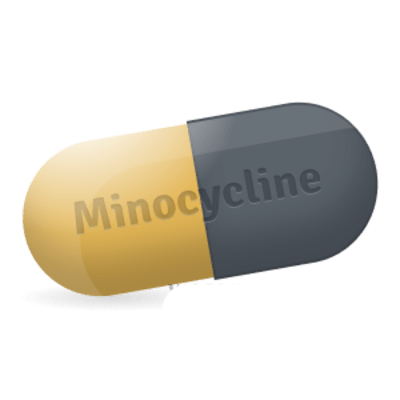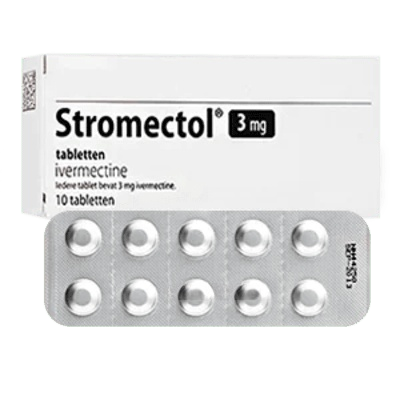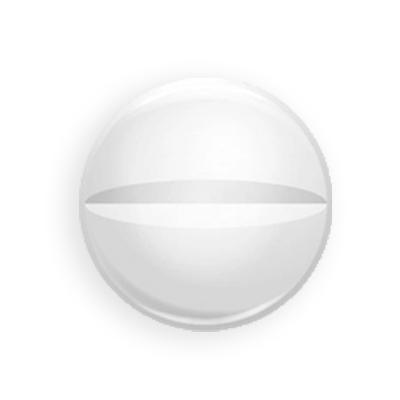I have been taking empagliflozin for several months now and have seen a marked improvement in my well-being. My blood sugar levels are now significantly lower and I have better control over my appetite.

Empagliflozin
- Quality products
- Support 24/7
- Fast delivery
What is it?
Empagliflozin, better known under the trade name Jardiance, is a drug that is actively used to treat type 2 diabetes. Type 2 diabetes is characterized by high blood sugar levels, and empagliflozin helps to normalize them. This makes it possible to reduce the likelihood of complications associated with the cardiovascular system. The drug plays an important role in preventing serious heart diseases. It should be noted that empagliflozin is not suitable for patients with type 1 diabetes and is not intended to treat diabetic ketoacidosis.
Composition
The composition of the drug Empagliflozin includes an active substance that provides its therapeutic effect. The drug is designed to minimize the risk of high blood sugar and improve the overall well-being of a patient with type 2 diabetes. Empagliflozin works by blocking the reabsorption of glucose in the kidneys, thereby increasing the excretion of sugar in the urine. This mechanism helps maintain an acceptable blood sugar level and reduces the load on the heart. The composition may also include auxiliary components to improve the absorption and stability of the drug.
- Active substance: Empagliflozin
- Auxiliary components for absorption
- Components for stabilizing the drug
How to use?
Empagliflozin should be used strictly as prescribed by the doctor to achieve the best results. The instructions for use begin with determining the daily dosage, which the doctor may adjust depending on the patients condition.
- The drug should be taken once a day, preferably in the morning. This provides a convenient schedule and helps remind you to take the medicine.
- The tablet can be taken with or without food, depending on the patients preference and the doctors recommendations.
- Regular monitoring of blood sugar levels will help monitor the effectiveness of therapy and promptly respond to changes in the condition.
How does it work?
The mechanism of action of empagliflozin is aimed at improving the processing of glucose in the body. The drug promotes the excretion of excess glucose through urine, which is achieved by blocking specific proteins in the kidneys. This blockage prevents the return of glucose to the blood, reducing sugar levels. This approach can significantly reduce the risk of complications associated with type 2 diabetes, such as cardiovascular disease. The drug also helps to reduce weight and blood pressure.
Empagliflozin can improve the condition of patients with existing cardiovascular problems. It reduces the risk of death from cardiovascular disease and prevents the need for hospitalization due to heart failure. This makes it especially valuable for those who suffer from both diabetes and heart problems.
Indications
Empagliflozin is prescribed for the treatment of type 2 diabetes and is associated with a number of indications that are specified by the doctor. The drug effectively reduces blood sugar levels and, in addition, prevents complications that can arise due to improperly controlled diabetes.
- Type 2 diabetes with high blood sugar
- Concomitant cardiovascular diseases against the background of diabetes
- Reducing the risk of heart attack and stroke in patients with diabetes
- Prevention of heart failure
Contraindications
The use of empagliflozin is not recommended in a number of cases where it may pose a threat to the patients health. The greatest caution should be exercised by individuals with a confirmed allergy to the components of the drug.
- Allergy to empagliflozin
- Serious kidney disease, including dialysis
- Pregnancy in the second and third trimesters
- Lactation period
- Avoid alcohol
Side effects
Like any medicine, empagliflozin can cause some side effects and it is important to know how to react to them. The most common cases require medical attention.
- Allergic reactions: hives, difficulty breathing, swelling of the face
- Genital infection: burning, itching, unpleasant odor or discharge
- Hypoglycemia: headache, weakness, sweating, confusion
- Dehydration: increased thirst, decreased urination
- Ketoacidosis: nausea, vomiting, abdominal pain, difficulty breathing
Frequently asked questions
Empagliflozin Reviews and Experiences
After starting taking empagliflozin, I felt positive changes in my overall health. I had fewer hyperglycemia attacks and overall I felt more energetic.
I was a little wary when I started taking it, but after a while I clearly felt a positive effect. Yes, not everything went smoothly, there were moments with mild side effects, but the overall result pleases me.









